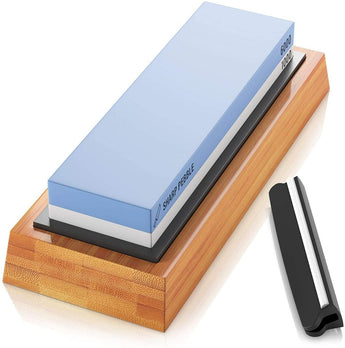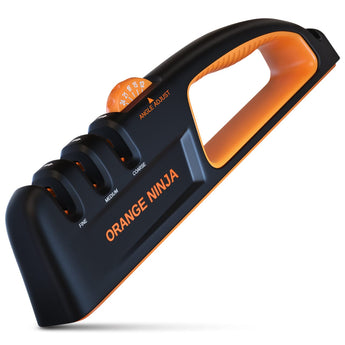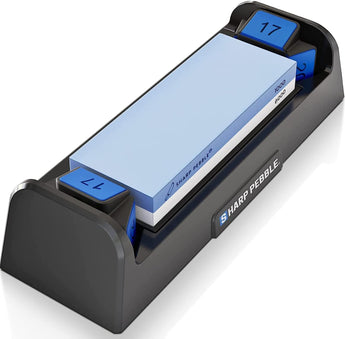
Although the key purpose of any blade is to impart a cut but there are many nuances that may make a blade suitable for one job and not so much for another. The length of the blade, the type of steel used and how the edge is crafted; all these aspects greatly affect a blade’s durability and function.
Today we’ll discuss what exactly is a convex edge and a few of its key benefits.
Grind: Grind is essentially a technical term for the kind of edge your blade holds. It’s the point where the blade starts to take shape so it can narrow down to a sharp edge. There are several types of grinds, each with its pros and cons.
Convex edge: There is a school of thought that’s of the view that “sharp is sharp” and that often all these fancy grind types are fads. We look at it rather differently as each of the grinds has its distinct characteristics that may have a significant impact on the blade’s performance and purpose.
The convex edge is no different. In fact, it has been around for quite a while. Having a convex edge was a preference for many of the early blade-smiths because it was easy to forge with a hammer and didn’t require intricate blade making knowledge.
A convex edge (also known as a Moran grind) has somewhat of a rounded form as it narrows off to the thinnest point of the sharp edge. Other grinds tend to transition in a straight line to the edge.
Why a convex edge is superior to other grinds? Apart from the ease of making, there are several factors that make the convex edge superior to other edge types. The anatomy of the convex edge makes it glide quite effortlessly through food and other materials, minimizing the drag and effort to impart a cut.
A convex edge is also known to last longer because it can maintain its edge for quite a bit longer than other grind types can, which means you wouldn’t need to put it through constant sharpening sessions.
A convex edge is a hefty edge as it carries a lot more steel in the middle than most other grinds do. This gives it weight and reinforcement, making it stronger and meatier than others. The heft makes it a lot less likely to chip or roll with intense use.
Sharpening a convex edge: Admittedly, it is a bit tricky to sharpen a convex edge; which is why people usually prefer other grinds. Bench stones, sharpening stones and other tools used to sharpen plane beveled knife blades do not work on convex bevel blades. This is because the curved bevel surface cannot be worked properly with tools designed to work on flat surfaces. We will have a separate sharpening article on this coming soon.
We’d love to hear from you! Drop us a PM on our Facebook or Instagram. For more useful tidbits on sharpening be sure to visit our blog.




I’ve owned one(1) convex(Moran) grind knife in 44 years of carrying a knife, handmade custom job that the maker talked me into. Said I could return it in 6 months if not satisfied. Well….he got it back in 2 months and I got a full money return. He quit using a convex edge shortly after. A dull knife is absolutely worthless and if not able to resharpen in the field you can be in trouble. Article said it….tricky to resharpen!!! Whlie at home!! Next to impossible in the field…I know!!! Flat, scandi or hollow grinds are what I’ve found to work. This after 10 years in the military and 25 years as a survey/inspection/testing technician.